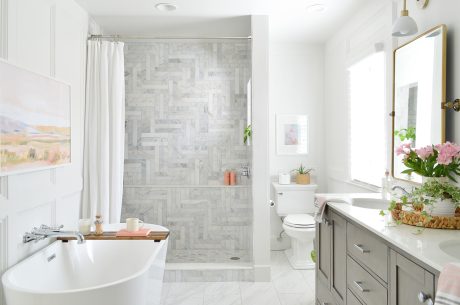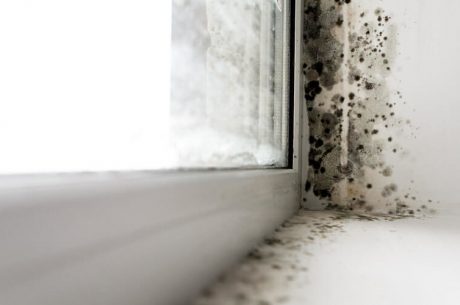Water damage is one of the most destructive issues a property owner can face. Left unaddressed, it can lead to structural damage, mold growth, and costly repairs. This guide provides expert insights into the best restoration methods and proactive strategies to keep your home safe.
Identifying Water Damage Early
Signs of Hidden Water Damage
- Musty odors and damp smells
- Peeling paint or wallpaper
- Discoloration or dark patches on ceilings and walls
- Soft or sagging flooring
Common Sources of Leaks and Flooding
- Burst pipes or faulty plumbing
- Roof leaks from heavy rain or storms
- Poorly sealed windows and doors
- Appliance malfunctions (washing machines, dishwashers)
Emergency Steps to Minimize Damage
- Shut off the main water source immediately.
- Unplug electrical devices and switch off power in affected areas.
- Use towels, buckets, and a wet/dry vacuum to remove standing water quickly.
- Contact a professional water damage restoration company if needed.
Assessing the Extent of Water Damage
- Use moisture meters and infrared cameras to detect hidden water pockets.
- Check walls, ceilings, and flooring for signs of weakening or damage.
Effective Water Extraction Techniques
- Industrial-grade water pumps for large-scale flooding.
- Wet vacuums for smaller affected areas.
- Absorbent materials and mopping for minor spills.
Advanced Drying and Dehumidification Methods
- High-speed air movers accelerate evaporation.
- Desiccant dehumidifiers remove moisture from air and surfaces.
- Heat drying technology ensures rapid moisture removal from deep layers.
Deep Cleaning and Sanitization Post-Water Damage
- Disinfect all affected surfaces with antimicrobial treatments.
- Steam clean carpets and upholstery to eliminate bacteria.
- Use odor-neutralizing solutions to prevent musty smells.
Structural Restoration and Material Replacement
- Assess drywall, insulation, and flooring for irreparable damage.
- Replace compromised materials to prevent further deterioration.
- Restore or reinforce structural elements if needed.
Preventing Mold and Fungal Growth
- Dry affected areas within 24-48 hours to prevent mold.
- Apply mold-resistant coatings and sealants.
- Monitor humidity levels and improve ventilation.
Choosing the Right Restoration Professionals
- Look for certified and insured water damage restoration experts.
- Check customer reviews and company credentials.
- Request a detailed restoration plan before proceeding.
Navigating Insurance Claims for Water Damage
- Review your homeowner’s insurance policy to understand coverage.
- Document all damages with photos and detailed notes.
- Work with restoration professionals who can assist with claims.
Long-Term Water Damage Prevention Strategies
- Install water leak detection systems.
- Ensure proper grading around your home to direct water away.
- Inspect and maintain gutters and downspouts.
Eco-Friendly Water Damage Restoration
- Use non-toxic, biodegradable cleaning solutions.
- Opt for energy-efficient drying equipment.
- Recycle materials whenever possible during restoration.
Common Mistakes Homeowners Make After Water Damage
- Ignoring minor leaks, leading to hidden damage.
- Attempting to dry out a flooded area without professional help.
- Neglecting mold prevention measures.
Conclusion
Water damage restoration is a critical process that requires immediate action and expertise. By following these proven methods, you can mitigate damage, protect your home, and prevent future incidents.
FAQs
1. How quickly does mold grow after water damage?
Mold can start developing within 24-48 hours if moisture is not controlled.
2. Can I handle water damage restoration myself?
For minor leaks, yes. However, for extensive damage, professional help is recommended.
3. What’s the best way to prevent future water damage?
Regular maintenance, leak detection systems, and proper home waterproofing.
4. Does homeowners insurance cover all water damage?
Coverage varies—sudden damage is usually covered, but gradual leaks may not be.
5. Should I replace my carpet after water damage?
If heavily soaked or contaminated, replacement is recommended.


